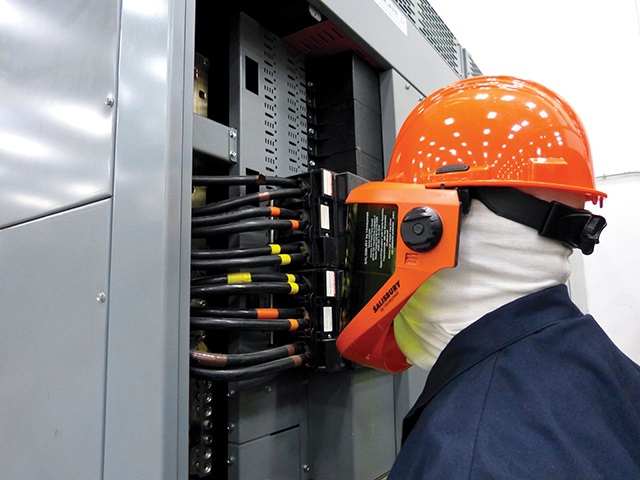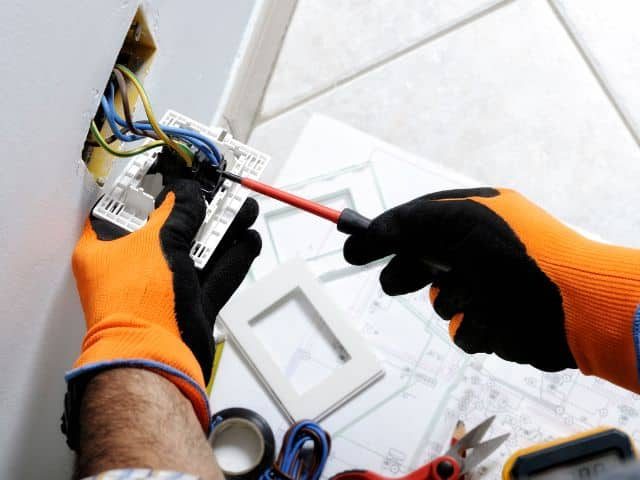Electrical problems in the home can be a significant source of stress. Not only can they disrupt daily life, but they also pose safety risks. However, understanding how to troubleshoot common electrical issues can save you time, money, and possibly prevent a dangerous situation. In this blog post, we’ll guide you through some of the most common electrical issues you might encounter and provide practical tips for addressing them.
1. Flickering Lights
Symptoms: Lights flickering or dimming intermittently.
Possible Causes:
- Loose bulb or fixture connections.
- Faulty dimmer switch.
- Electrical overload.
Troubleshooting Steps:
- Check the Bulb: Ensure that the bulb is securely screwed in. Sometimes, simply tightening the bulb can resolve the issue.
- Inspect the Fixture: If the bulb is secure, check the light fixture. Ensure that all connections are tight and there’s no visible damage.
- Examine the Dimmer Switch: If you have a dimmer switch, it could be malfunctioning. Try replacing it or adjusting the settings to see if that resolves the issue.
- Evaluate the Circuit: If flickering persists, it might be due to an overload. Identify other devices on the same circuit and try turning some off to see if the problem persists. Please take a moment to visit their page to get more tips and ideas about choosing the best electrical contractors.
2. Tripped Circuit Breaker
Symptoms: Circuit breaker trips frequently, cutting off power to certain areas.
Possible Causes:
- Overloaded circuit.
- Short circuit.
- Faulty breaker.
Troubleshooting Steps:
- Identify the Load: Check what devices are on the circuit that keeps tripping. High-power devices like space heaters or air conditioners can overload a circuit.
- Reduce the Load: Unplug some devices and reset the breaker. If it stays on, you may have been overloading the circuit.
- Check for Shorts: Inspect outlets and appliances for signs of a short circuit, such as scorch marks or sparks. If you suspect a short, it’s best to call a professional.
- Replace the Breaker: If the breaker trips frequently even with a balanced load, it could be faulty and may need replacing. This is another situation where a licensed electrician should be called.
3. Power Outages in Specific Areas
Symptoms: Certain rooms or outlets lose power, while others remain functional.
Possible Causes:
- Tripped breaker for that specific area.
- Faulty outlet or wiring.
- Loose connections in the circuit.
Troubleshooting Steps:
- Check the Breaker Panel: Look for any tripped breakers or blown fuses. Reset the breaker or replace the fuse and see if power is restored.
- Inspect the Outlet: Test the non-working outlets with a voltage tester. If there’s no power, there might be a loose or damaged wire.
- Examine Connections: Turn off the power at the breaker and check connections at the affected outlets. Look for loose wires or damage.

4. Electrical Shocks
Symptoms: Feeling a slight shock or tingling when touching an electrical device or fixture.
Possible Causes:
- Faulty wiring or grounding.
- Defective appliances.
- Moisture or water near electrical outlets.
Troubleshooting Steps:
- Check for Moisture: Ensure that electrical outlets and devices are dry and not exposed to water. If moisture is present, turn off the power and address the source of the moisture before using the outlet again.
- Inspect Appliances: Check if the appliance has damaged cords or plugs. Replace or repair as necessary.
- Verify Grounding: Ensure that all outlets are properly grounded. If you’re unsure, it’s best to have a professional evaluate and correct any grounding issues.
5. Buzzing or Humming Outlets
Symptoms: Outlets or switches make a buzzing or humming noise.
Possible Causes:
- Loose or damaged wiring.
- Faulty outlet or switch.
- Electrical interference.
Troubleshooting Steps:
- Turn Off Power: Switch off the power at the breaker before inspecting the outlet.
- Inspect Wiring: Look for loose or damaged wires and connections. Tighten any loose connections or replace damaged wires.
- Replace the Outlet: If the outlet or switch is old or worn out, replacing it might resolve the issue.
6. Sparking Outlets
Symptoms: Outlets produce sparks when plugging in or unplugging devices.
Possible Causes:
- Overloaded outlet.
- Loose wiring.
- Faulty outlet.
Troubleshooting Steps:
- Unplug Devices: Immediately unplug any devices from the outlet and stop using it.
- Inspect the Outlet: Turn off the power and inspect the outlet for signs of damage. Loose or burnt wiring could be the cause.
- Replace the Outlet: If the outlet is damaged, it should be replaced. This is a task best left to a professional to ensure proper installation and safety.
When to Call a Professional
While DIY troubleshooting can address many common issues, some problems require professional intervention. If you encounter persistent issues, are unsure about any troubleshooting steps, or deal with high-voltage components, it’s best to consult a licensed electrician. Safety should always be your top priority when dealing with electrical systems.
Preventive Measures
To reduce the likelihood of electrical issues:
- Regular Inspections: Have your electrical system inspected regularly by a professional.
- Avoid Overloading Circuits: Spread out high-power devices across different circuits to avoid overloading.
- Use Proper Outlets: Ensure that you’re using outlets and extension cords that are rated for the devices you’re plugging in.
By following these troubleshooting steps and preventive measures, you can maintain a safer and more efficient electrical system in your home. Remember, when in doubt, always prioritize safety and consult with a professional to ensure your electrical issues are resolved correctly and safely.


